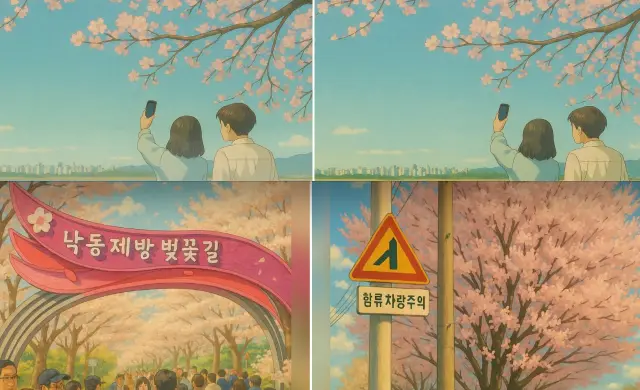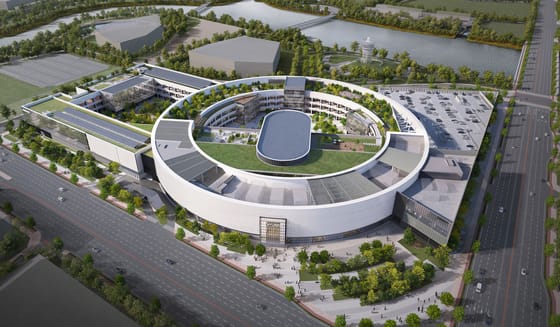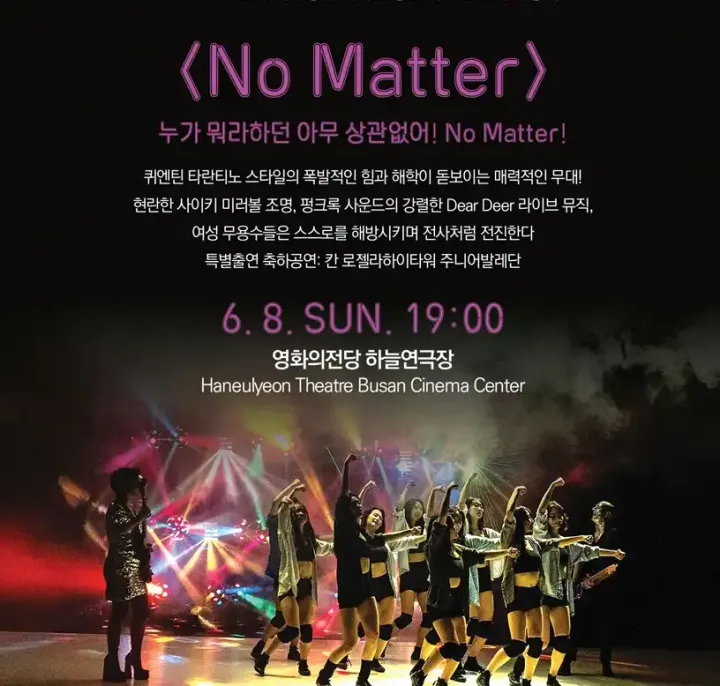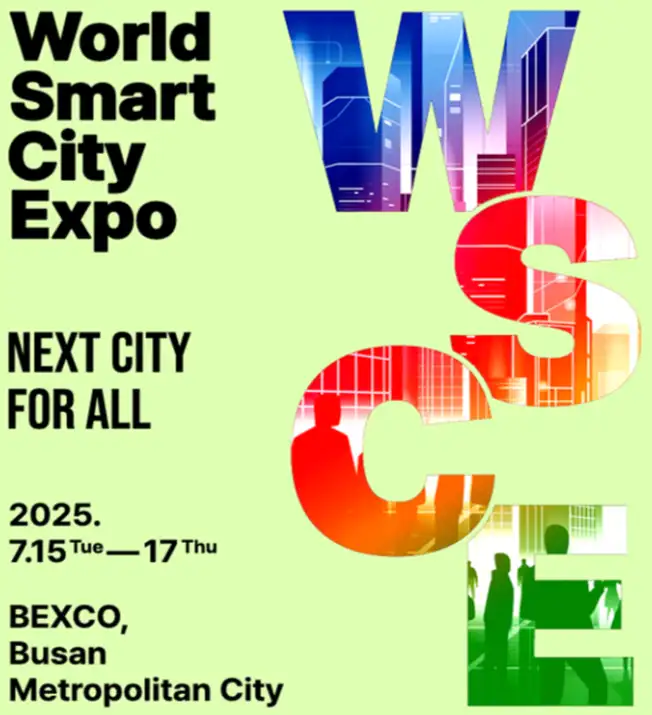Busan’s AI-Enhanced PR Push Faces Backlash Over Substance and Strategy
Busan’s district offices have embraced AI-generated 'Ghibli-style' visuals to promote local attractions, yet critics argue the move prioritizes virality over values.

Busan, South Korea — In recent weeks, local governments across South Korea, including several districts in Busan, have jumped into a growing global trend: using generative artificial intelligence to transform everyday scenes into Studio Ghibli-style visuals. From Instagram-ready snapshots of cherry blossoms in Sasang District to whimsical YouTube videos by Saha District that depict cityscapes in anime hues, the public sector is increasingly leaning on the stylized charm of AI-generated imagery to promote municipal events and destinations.
But as this marketing tactic gains momentum, it is also raising serious concerns about its appropriateness, long-term efficacy, and legal footing — especially for public institutions tasked with communicating civic identity and public trust.
At first glance, AI-enhanced illustrations of local landmarks evoke a dreamy nostalgia. Ghibli-style art, characterized by warm tones, nature-centric motifs, and childlike whimsy, has universal emotional appeal. Leveraging this, Sasang District used AI to reimagine photos from its Nakdonggang River Cherry Blossom Festival, captioned with: “Doesn’t it feel like a scene from a movie?” Saha District followed suit, uploading a short AI-generated video showcasing landmarks like Gamcheon Culture Village and Dadaepo Beach under the title: “Maybe you’ll spot Totoro here.”
Yet, this lightheartedness comes with a catch. While the AI tools themselves are widely accessible, the visual language they emulate belongs to a protected creative brand. Studio Ghibli’s aesthetic is not public domain, and legal experts caution that public institutions have a higher burden of ethical and legal responsibility. “Even if a tool generates it, if the style directly references an existing IP, that could be problematic,” notes a Seoul-based copyright attorney specializing in digital media.
Busan’s own internal communications staff express mixed feelings. An official from one ward office said anonymously, “We’re seeing what other districts are doing and feeling the pressure to innovate, but there’s real concern about copyright backlash. No one wants to be the first public agency sued over an AI meme.”
Image-Making Without Identity?
Beyond legality, critics are beginning to question the wisdom of government bodies chasing aesthetic trends with little connection to place, policy, or people. These campaigns, while visually engaging, are increasingly seen as trendy but lacking in substance. Public communication, they argue, should reflect long-term vision and genuine local identity rather than fleeting digital virality.
Indeed, for a city like Busan — which faces significant urban challenges from population aging to economic restructuring — there is growing dissonance between the superficial charm of AI-generated content and the gravity of the issues at hand. Critics warn that relying too heavily on fantasy-driven visuals may distort the public's sense of civic priorities or undermine confidence in municipal governance.
Moreover, this aesthetic saturation may be losing effectiveness. Data from online forums such as DC Inside and real-time social media sentiment trackers show increasing fatigue and skepticism toward overly polished, obviously AI-made images. “It’s getting hard to tell if anything is real anymore,” wrote one commenter. “If even my local government is just uploading fake AI scenery, what does that say about their values?”
The underlying issue, some experts argue, is a lack of strategic clarity. AI offers exciting new tools for communication — but tools need purpose. “Generative AI shouldn’t be a replacement for civic storytelling,” says Kim Su-bin, a visual communications researcher in Seoul. “If a district wants to show pride in a park, why not highlight the people using it, the community it serves, or the history behind it?”
There’s also the risk of alienation. AI visuals — especially those that mimic fantasy or high-culture styles — may inadvertently exclude communities who don’t see their everyday realities reflected in them. For working-class districts or areas facing economic hardship, Ghibli-style imagery may seem not only inauthentic but even dismissive.
This is particularly relevant for Busan, where disparities between affluent and underdeveloped neighborhoods remain stark. As districts like Yeongdo and Seo-gu grapple with depopulation and infrastructure decay, critics ask whether fantasy visuals are truly the best way to engage citizens — or if they simply paper over deeper systemic issues.
Toward a More Grounded AI Strategy
The conversation doesn’t need to be anti-AI. On the contrary, many experts agree that with appropriate regulation and thoughtful integration, generative AI can enrich public sector communication. But clear ethical guidelines are needed — especially regarding stylistic references, attribution, and transparency.
Cities like Amsterdam and Toronto have begun drafting municipal AI use charters, outlining acceptable content generation practices, ethical standards, and public feedback loops. Busan, known for innovation in smart cities and fintech, has an opportunity to lead by example in developing responsible AI content frameworks for local government.
Ultimately, aesthetic appeal must serve civic substance. A city’s visual storytelling should enhance its identity, not obscure it. Busan’s districts would do well to ask: is this visual trend helping us say something meaningful — or simply distracting us from the message?
As generative AI becomes more embedded in public life, citizens deserve not just pretty pictures, but trustworthy narratives. In a world where the line between real and artificial is increasingly blurred, public trust will depend on clarity, integrity, and purpose — not just filters.



Comments ()